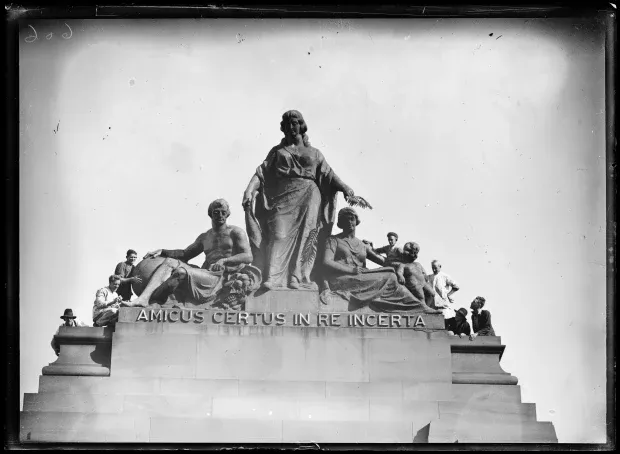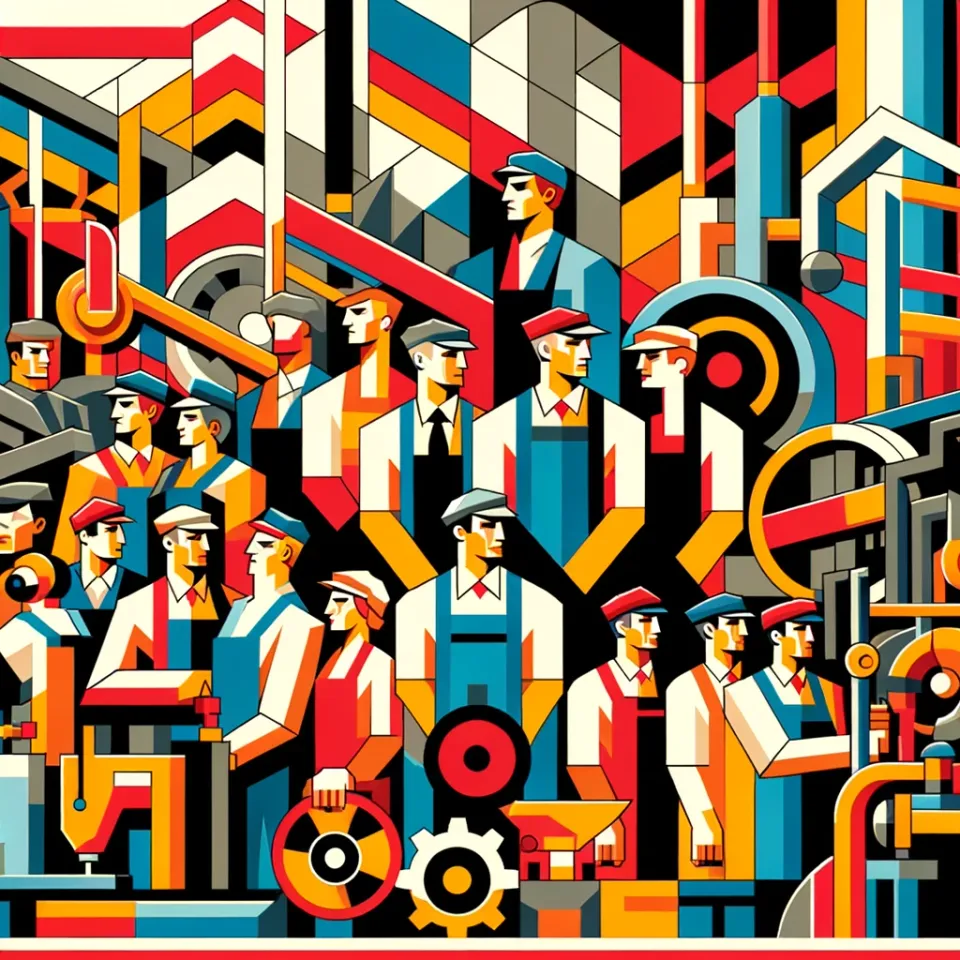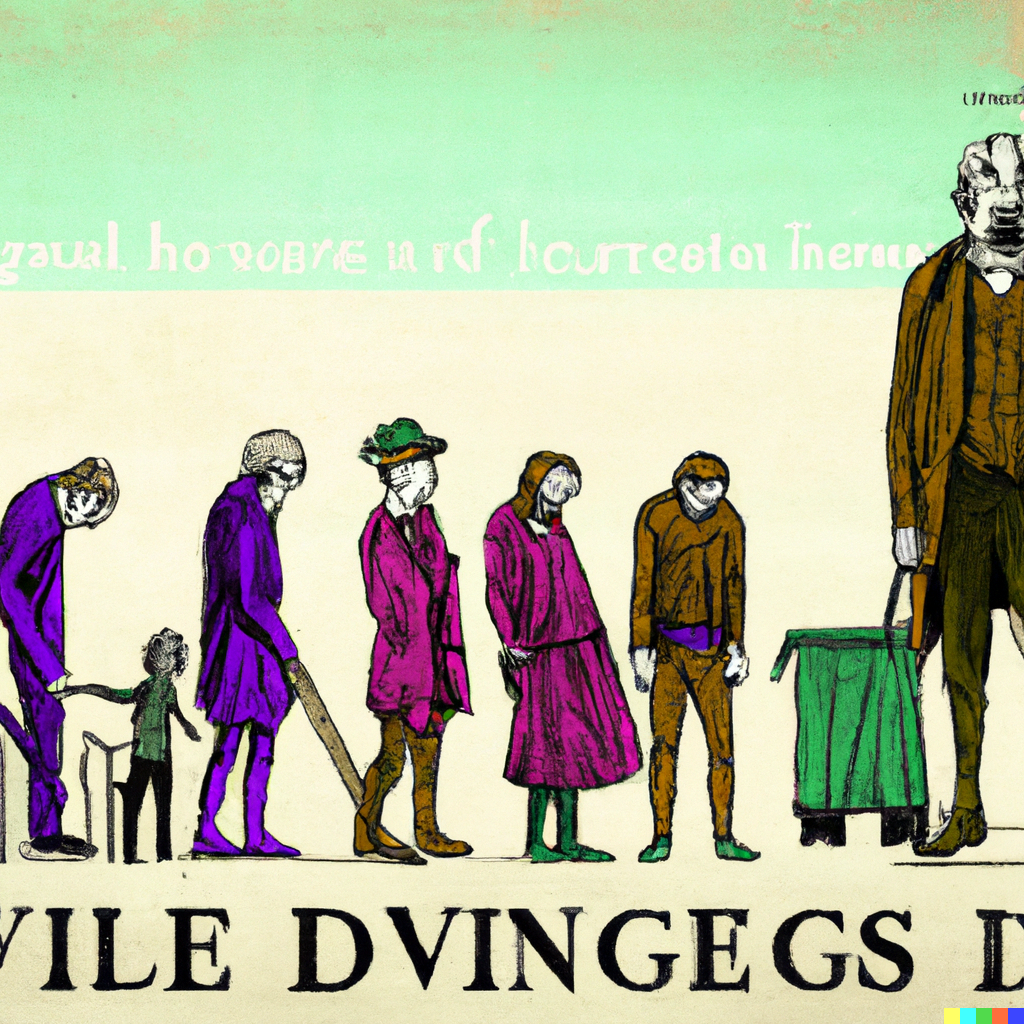Inspired by Friendly Societies & Mutual Aid

Australia's has rich history of community minded movements and institutions who have played a pivotal role in shaping our social and economic landscape.
Among these, friendly societies and the concept of mutual aid stand out as beacons of community support and financial security.
While they share similarities, it's essential to understand the distinction between the two and their unique contributions to Australian society.
Friendly Societies
Originating in Britain during the late 18th century, friendly societies found fertile ground in Australia during the colonial era.
These were essentially mutual aid organisations, but with a broader scope.
- Friendly societies were established to provide financial support to their members during times of sickness, death, or hardship. By pooling resources, they created funds that members could access during challenging times.
- Beyond mere financial support, these societies were community hubs. They organised social gatherings, educational programs, and recreational activities, fostering a sense of belonging and promoting social well-being.
- Not content with just providing support, friendly societies actively campaigned for social and legislative reforms. They were instrumental in pushing for better working conditions and access to affordable healthcare for their members.
Mutual Aid
At its core, mutual aid is about voluntary reciprocal exchanges of resources and services for mutual benefit.
- Mutual aid is built on the idea that members contribute to a common fund, knowing they can rely on support when they face hardships. It's about collective responsibility and mutual support.
- The Australian Mutual Provident Society (AMP) is a prime example of mutual aid. Founded in 1849, AMP started as a life insurer with members contributing to a common fund, with assurance of financial support during hard times.
Both friendly societies and mutual aid organisations like AMP played a crucial role in providing care and support to the Australian community.
- They acted as a safety net, ensuring that individuals and families had somewhere to turn during times of sickness, unemployment, or bereavement.
- These institutions fostered a sense of community solidarity. They emphasised the idea that by pooling resources, communities could weather any storm.
- Their influence wasn't limited to their members. By advocating for reforms, they played a role in shaping policies that prioritised the fair treatment for all.
Friendly societies and mutual aid are intertwined concepts, each playing a unique role in Australia's history.
While friendly societies offered a broader range of services and community activities, mutual aid focused more on financial security.
Together, they have left an indelible mark on Australia's social fabric, embodying principles of community support, financial security, and mutual aid.
Their legacy is a testament to the power of community and the importance of collective responsibility.


